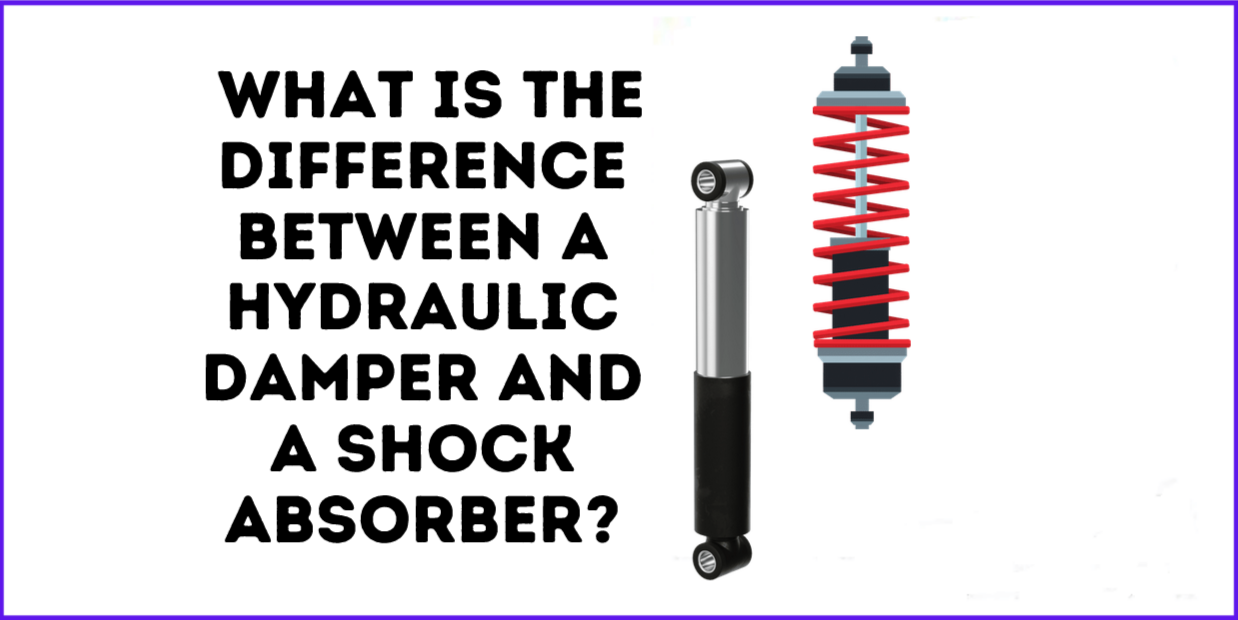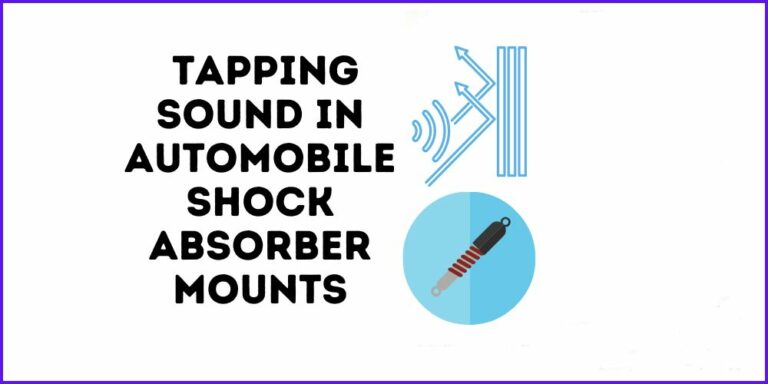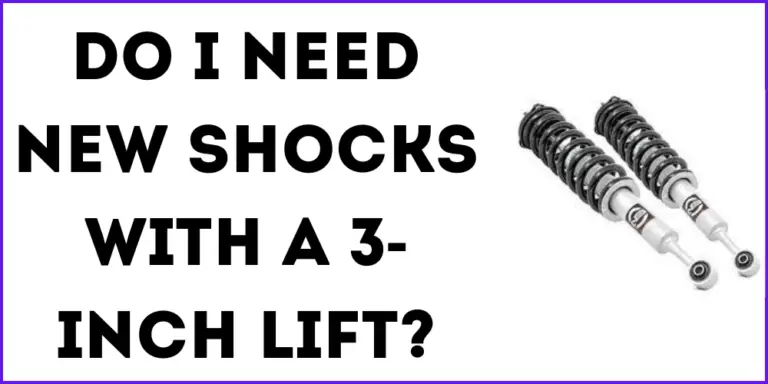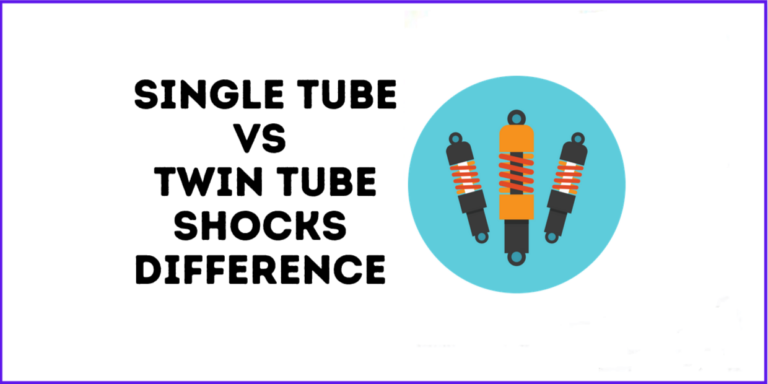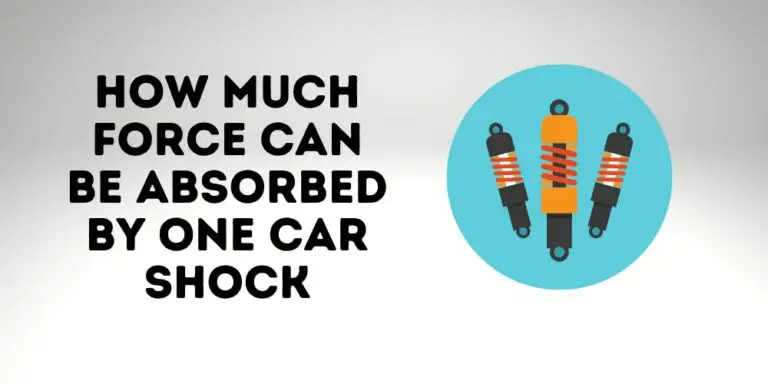What Is the Difference Between a Hydraulic Damper and Shock Absorber?
The performance of any automobile, motorcycle or a racing vehicle is heavily reliant upon the quality of the suspension components that are used. One of the key components of a vehicle’s suspension system is the damper or shock absorber. There are various types of dampers and absorbers available today, with the two main types being hydraulic dampers and shock absorbers.
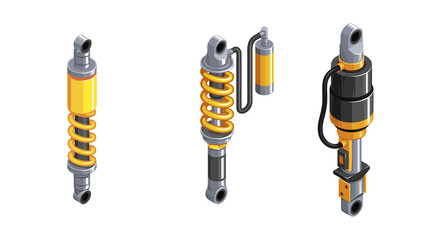
Each of these components plays an important role in the overall performance of a vehicle, but what is the difference between them? This blog post aims to answer the question, ‘What is the difference between a hydraulic damper and a shock absorber?’. It will provide an overview of the differences between the two and explain the advantages and disadvantages of each. Furthermore, the blog post will explain the various types of dampers and absorbers that are available, helping to ensure that you make the right choice for your vehicle.
What is a Hydraulic Damper?
A hydraulic damper is a mechanical device that uses the resistance of a fluid, typically oil, to control the movement of a system. It works by converting the kinetic energy of the moving system into thermal energy, which is then dissipated through the fluid. This helps to control and dampen the movement of the system, reducing vibrations and unwanted motion.
How a Hydraulic Damper Works
A hydraulic damper typically consists of a piston that moves inside a cylinder filled with oil. As the piston moves, it compresses the oil, creating resistance to the movement of the system. The amount of resistance can be adjusted by changing the viscosity of the oil or the size of the piston. Additionally, some hydraulic dampers also have adjustable orifices that allow for even more control over the resistance.
What is a Shock Absorber?
A shock absorber is a mechanical device that is designed to dampen and control the movement of a vehicle’s suspension system. It works by converting the kinetic energy of the suspension’s movement into heat energy, which is then dissipated. This helps to smooth out the ride of the vehicle and prevent excessive bouncing or swaying.
How Shock Absorber Works?
A shock absorber is typically made up of a piston that moves inside a cylinder. As the suspension moves up and down, the piston moves up and down within the cylinder, compressing and decompressing a special fluid, such as oil, that is contained within the cylinder. This fluid movement helps to dampen the suspension’s movement, providing a smooth ride.
Differences between Hydraulic Damper and Shock Absorber
Function and Purpose:
The primary function of hydraulic dampers and shock absorbers is to control and dampen the movement of a system. However, their specific purpose and application can differ. Shock absorbers are mainly used in vehicle suspension systems to provide a smooth ride and improve handling, while hydraulic dampers are used in a wide range of industrial applications such as construction, heavy machinery, and industrial equipment to control vibrations and movement.
Design and Construction:
The design and construction of hydraulic dampers and shock absorbers can also differ. Shock absorbers generally have a simple design consisting of a piston and cylinder, while hydraulic dampers may have a more complex structure, including additional components such as valves and ports to control the flow of fluid. Additionally, the materials used in the construction of these devices can also vary, with shock absorbers typically being made from metal, and hydraulic dampers can be made from a variety of materials such as steel, aluminum, or plastic.
Applications and Usage:
Shock absorbers are mainly used in vehicles such as cars, motorcycles, and trucks to improve ride quality and handling. They are also used in other applications, such as sports equipment and industrial machinery. Hydraulic dampers, on the other hand, are used in a wide range of industrial applications such as construction, heavy machinery, and industrial equipment to control vibrations and movement. They are also used in building and architectural applications, such as damping vibrations in bridges and skyscrapers.
However, shock absorbers and hydraulic dampers are similar in that they both serve to dampen and control movement. Still, they are designed and constructed differently and are used in different types of applications.
FAQs
What is the difference between a shock absorber and a suspension?
A shock absorber is a component of a vehicle’s suspension system that controls the movement of the suspension, while the suspension itself is the entire system that supports the vehicle and its components. The suspension includes not only the shock absorbers, but also the springs, links, and other parts that work together to provide a smooth ride and improve handling.
Which type of shock absorber is most widely used nowadays?
The most widely used type of shock absorber nowadays is the hydraulic shock absorber. This type of shock absorber uses oil to control the movement of the suspension, and it is commonly used in most vehicles on the road today.
How many types of shocks are there?
There are several types of shocks available, including hydraulic, pneumatic, and coil-over shocks. Each type has its own specific advantages and disadvantages, and the best type for a particular application will depend on the specific requirements of that application.
What material is the best shock absorber?
The best material for a shock absorber will depend on the specific requirements of the application. Metal materials such as steel, aluminum, and titanium are commonly used in shock absorbers due to their strength and durability. Some high-end shock absorbers also have carbon fiber or titanium construction.
What is the difference between a damper and a spring?
A damper, such as a shock absorber or hydraulic damper, is a mechanical device that is used to control and dampen the movement of a system. A spring, on the other hand, is a mechanical device that is used to store energy and release it to absorb shocks and vibrations.
Is hydraulic suspension better than air suspension?
Both hydraulic and air suspension systems have their own advantages and disadvantages. Air suspension tends to provide a smoother ride, but it is generally more expensive and requires more maintenance. Hydraulic suspension is generally more affordable, but it can be less comfortable and may require more frequent maintenance. The best choice will depend on the specific requirements of the application.

